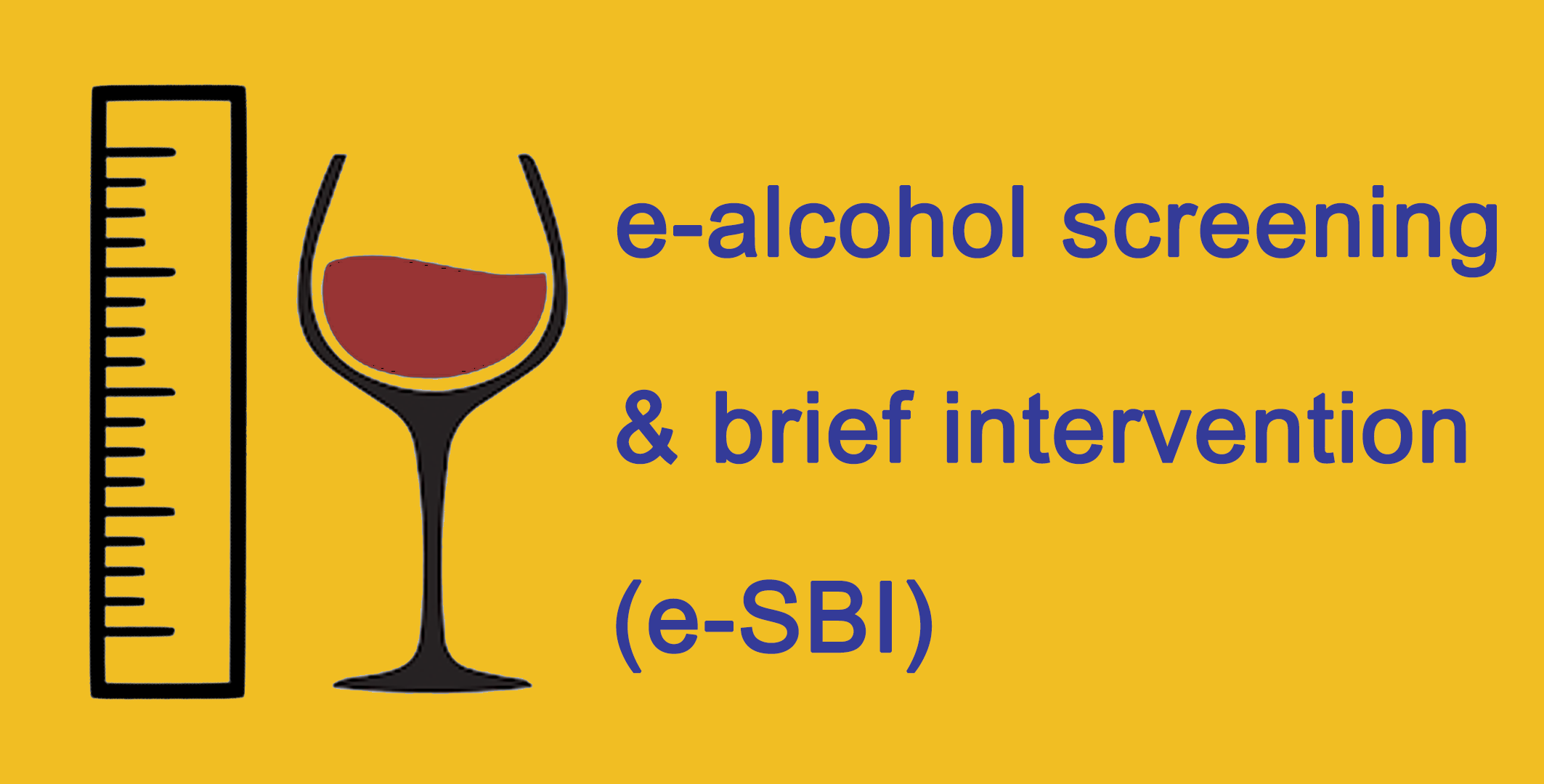Older adults (aged 65 years and above)
For older adults of this age group, physical activity can be undertaken as part of recreation and leisure (play, games, sports or planned exercise), transportation (walking and cycling), work, or household chores, in the context of daily occupational, educational, home or community settings.

- For all healthy older adults aged 65 years and above, WHO recommends that:
- They should undertake regular physical activity.
- They should do at least 150-300 minutes of moderate-intensity aerobic physical activity, or at least 75-150 minutes of vigorous-intensity aerobic physical activity, or an equivalent combination of moderate- and vigorous-intensity activity throughout the week, for substantial health benefits.
- They should also do muscle-strengthening activities at moderate or greater intensity that involve all major muscle groups on 2 or more days a week, as these provide additional health benefits.
- To enhance functional capacity and to prevent falls, they should do varied multicomponent physical activity that emphasizes functional balance and strength training at moderate or greater intensity on 3 or more days a week, as part of their weekly physical activity.
- For additional health benefits, they may increase their moderate-intensity aerobic physical activity to more than 300 minutes, or do more than 150 minutes of vigorous-intensity aerobic physical activity, or an equivalent combination of moderate- and vigorous-intensity activity throughout the week.
- They should limit the amount of time spent being sedentary. Replacing sedentary time with physical activity of any intensity (including light intensity) provides health benefits.
- To help reduce the detrimental effects of high levels of sedentary behaviour on health, they should aim to do more than the recommended levels of moderate- to vigorous- intensity physical activity.
- Older adults should be as physically active as their functional ability allows, and adjust their level of effort for physical activity relative to their level of fitness.
Doing some physical activity is better than doing none, and more is better.
Even if not meeting the recommendations, doing some physical activity will benefit health.
Start by doing small amounts of physical activity and gradually increase the frequency, intensity and duration over time.
Reference
WHO guidelines on physical activity and sedentary behaviour. Geneva: World Health Organization; 2020.






































